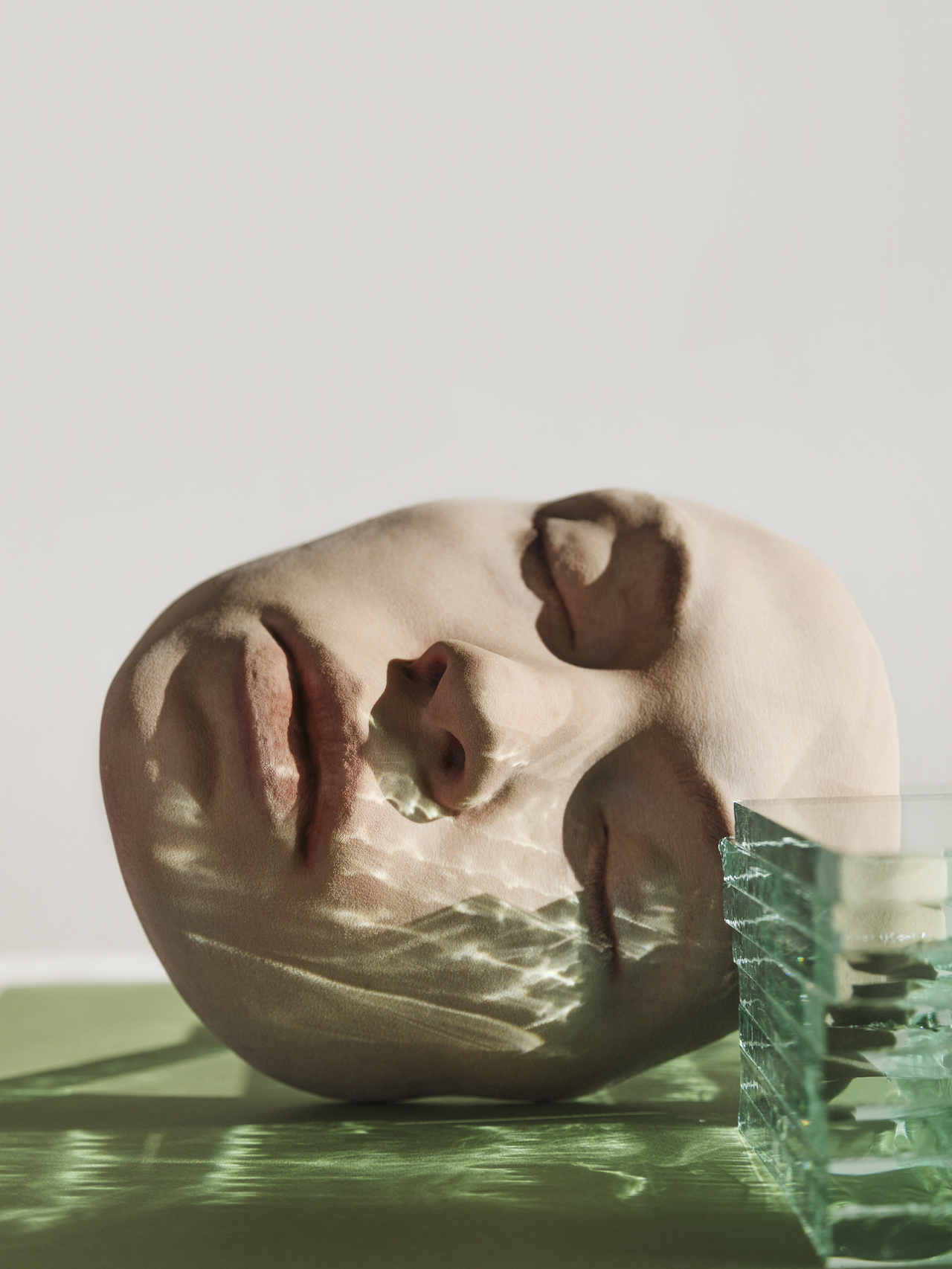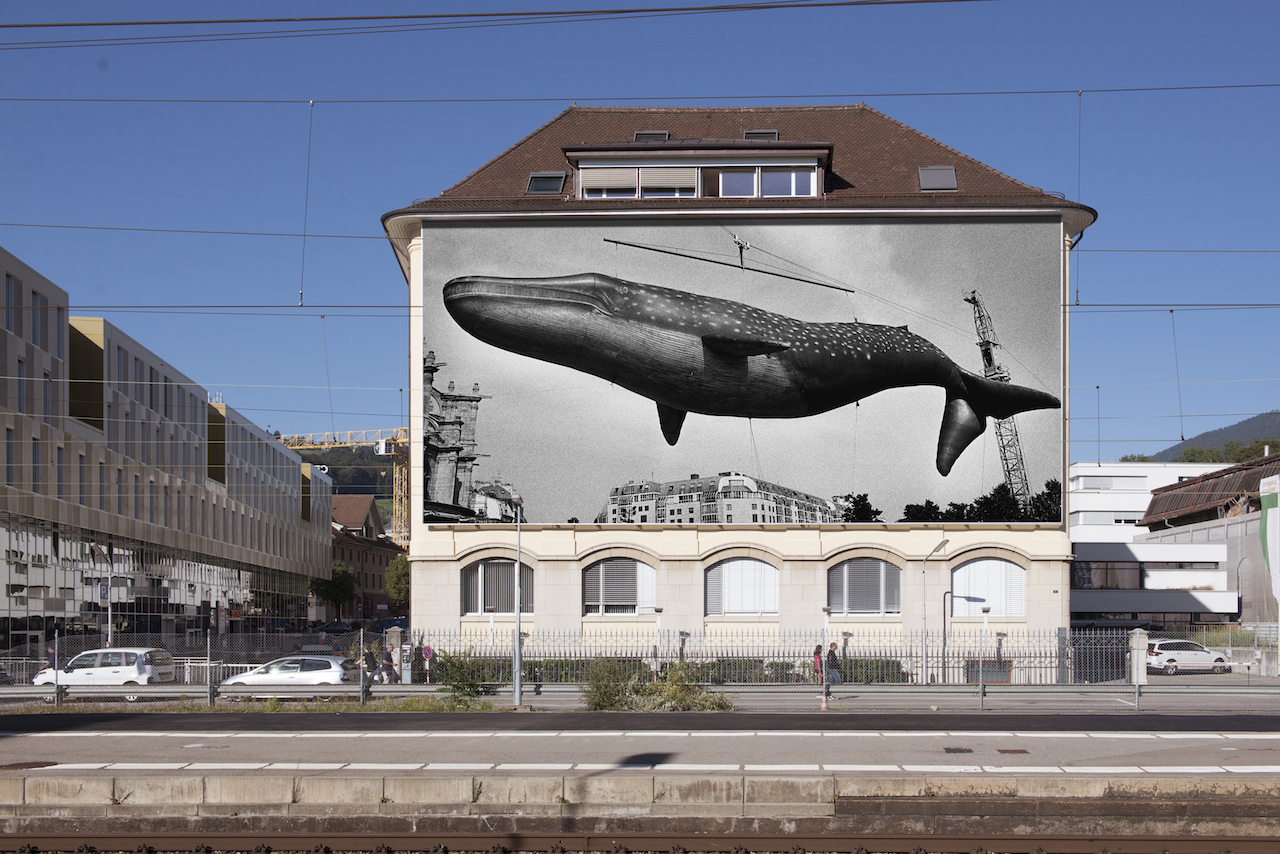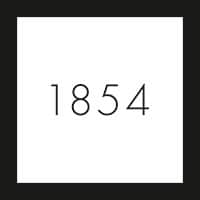Visa pour l’Image
News travels fast, so fast that headlines remain timely for a short moment and are quickly forgotten. Visa pour l’Image, a festival dedicated to photojournalism, looks to draw our attention back to those ‘expired’ stories that nevertheless continue to develop, away from the media spotlight.
The two-week event (01–16 September), which continues in its original scenic location in Perpignan in the south of France, celebrates its 30th edition with a theme of Looking Back. The exhibitions will highlight poignant topics across continents, including Kevin Frayer’s portrait of the Rohingya crisis, Miquel Dewever-Plana’s investigation of the harrowing conditions endured by miners in Bolivia, and a look at the resilience of people living in the Gaza Strip by Khalil Hamra.
There will also be a move to raise global environmental issues, such as excessive commercial fishing and the alarming decline of coral reefs. Evenings bring the main events, with open-air screenings of the key news stories of the past year contributing to the debate of a very uncertain social and political future.
Getxophoto
By exhibiting the majority of the participating projects within outdoor installations in public spaces, which can be seen along a number of pre-structured walking routes (including a night walk), and keeping most of them free, Getxophoto is committed to involving everyone in its festival, not just the photography community. Located in a small town in Spain’s Basque Country, this year’s edition, curated by Monica Allende, has the theme Post-conflict: Reframing the Dialogue.
“We are aiming to explore not just the external post-conflict struggles between characters and characters with nature and society, but also looking into internal conflicts affecting people within themselves and their surroundings,” says Allende.
Displaying a variety of mixed-media presentations of photography, video, digital technology and archival material, this year’s event boasts a varied approach to the narrative of the programme, told through a collection of around 20 exhibitions. Each will frame a point of conflict or resolution from the past or still ongoing – such as the protests in Greece by Petros Efstathiadis, the division of Yugoslavia by Dragana Jurišić, and the Spanish Civil War by both Julián Barón and Sofia Moro – discussing the impact and consequences of that event.
There is also the annual open call, the winner of which is Max Pinckers’ Margins of Excess, and the festival’s education programme, which runs workshops for experimentation with new techniques and approaches, this year including one called Icononauts: The Look and Materiality of Photography in the 19th Century. The festival runs throughout September.

BredaPhoto
Every other year, the historic city of Breda sees some 80,000 visitors attend the largest photofestival in the Netherlands. For its eighth edition, the theme To Infinity and Beyond focuses on how the rapid advancement of technology and science is affecting our world. The many exhibitions will seek out both the opportunities and the dangers of our progressive environment, as expressed through contemporary art photography and documentary narrative, including work by Osborne Macharia, Joana Choumali, Max Aguilera-Hellweg, Patrick Pollmeier, Christoph Krause & Cyrano Bentlage, and Lola Keyeuza. These and many more will be loosely organised within six ‘domains’: Biology, Intelligence, God, Society, Cosmos and Image, largely exhibited in outdoor locations.
The city’s former museum, Breda Botanique, will be the centre of activity, and exhibitions will also be hosted at the Stedelijk Museum Breda and the Koepelgevangenis, a former prison in an impressive domed hall. The main programme will be accompanied by a series of lectures, workshops and masterclasses throughout the duration of the festival, from 05 September to 21 October.
Festival Images Vevey
Set beside Lake Geneva, overlooked by a pristine Alpine panorama, Festival Images Vevey makes the most of its spectacular location. Turning the town into an open-air museum with oversized images artfully clad to the sides of buildings, artworks disrupt the chocolate-box scenery and its biggest man-made landmark, the world headquarters of Nestlé. Featuring established artists alongside young talent, the festival’s unique approach to public art is its key virtue, transforming the streets into a vast stage, custom-designing shows “in order to strike the perfect balance between the works and the place in which they are exhibited, whether on museum walls, in a former prison, on monumental façades or in a disused phone booth”.
This year’s theme is aptly titled Extravaganza. Out of the Ordinary, a “delicious word which has the potential to unlock fantasies, absurdities, surprises and humour”, explains festival director Stefano Stoll, who has put together 60 artists to show across walls, parks, gardens and even within the lake itself from 08 to 30 September. In the main square, Olivier Blanckart’s self portrait series, Moi en, which playfully combines the artist’s own image with that of famous historical and contemporary figures, is shown opposite his life-size diorama, XXth Century Lonely Art Camp (in extremis), a reworking of Peter Blake’s iconic album cover for The Beatles’ Sgt Pepper’s Lonely Hearts Club Band, this time featuring luminaries from the art world.

Elsewhere, Hollywood actor Jeff Bridges shows panoramic photographs capturing daily life from movie shoots, presented like a giant film set in the Jardin du Rivage, and Antony Cairns’ The Tale of Gordon Earl Adams can be seen in a concrete basement, echoing the story of the work’s protagonist, who attempted to build a time machine in his cellar. Further highlights include Brazilian-Swiss duo Dias & Riedweg presenting the results of their visual research into the archives of Charles Hovland, who spent two decades photographing the sexual fantasies of New Yorkers who answered his small ads in The Village Voice; Daido Moriyama’s A Tale of II Cities 4, Paris, 1989 mounted as a 220sq m image on the side of Andritz Hydro; plus the winners of last year’s Grand Prix Images Vevey, Peter Puklus’ The Hero Mother – How to Build a House and Jono Rotman’s Mongrelism.
And Erik Kessels returns to the Church of Sainte-Claire, where he presented his 24Hrs project in 2014, this time showing his collection of vinyl album covers of brass bands and folk music choirs together with a “quasi-religious sound environment”.
Landskrona Foto Festival
For 10 days, from 14 to 23 September, the international photography community takes over Landskrona, a small, late-medieval town on the west coast of Sweden. Exhibiting the work of more than 120 photographers, the festival takes place in museums and art galleries, as well as parks and shops.
The picturesque Citadel castle will be a key venue, exhibiting three series by Gideon Mendel – Drowning World, Dzhangal and The Ward. Weronika Gęsicka’s montage series, Traces, made from vintage photographs acquired from an image bank, will show at the Old Church Foundations, “one of the most magical places in the city,” according to the festival’s introduction. Meanwhile the Konsthallen hosts Rania Matar, showing her work on identity and culture, and also the vulnerability of women and child refugees from Lebanon and Syria in three series: Invisible Children, L’Enfant-Femme and A Girl and Her Room. In its gardens is Country of Ambition, an insight into the lives of ordinary people in China, by Yan Ming.
The programme’s artistic directors, Swedish photographer Jenny Nordquist and French curator Christian Caujolle, have a clear concern for the social and political status of our world today, drawing on photographic series that discuss abuses of power and climate change. They will be joined by Emma Bowkett and Simon Berg to judge this year’s open call, where successful applicants include George Voronov, Emmanuelle Andrianjafy and Valentine Bo. Interlaced among the shows are seminars, workshops, portfolio reviews and a photobook competition.
Guernsey Photography Festival
This sixth edition of the festival continues an established formula, mixing the work of celebrated figures in photography with emerging talent, utilising conventional gallery space, but also showing many of the exhibitions outdoors, making the most of the island’s location off the coast of Normandy.
This year’s theme is Political Landscapes, and among the highlights, shown around Guernsey’s main port and capital, Saint Peter Port, isCésar Dezfuli’s Passengers, portraits of migrants shot against the blue horizon of the Mediterranean Sea, minutes after they were rescued from a boat off the Libyan coast. At Guernsey Museum, there’s an opportunity to see a special projection of Xavier Barral’s Mars: a photographic exploration, drawing on images captured by the Mars Reconnaissance Orbiter and its HiRise camera, and Chloe Dewe Mathew’s In Search of Frankenstein, reflecting on environmental catastrophe through the landscape that inspired Mary Shelley’s novel.
Elsewhere, Lisa Barnard presents The Canary and the Hammer, an investigation of the place of gold in society; Guillaume Bression & Carlos Ayesta show Retracing Our Steps: Fukushima Exclusion Zone; and there is an exhibition of the winner of this year’s open competition, Terje Abusdal’s Slash & Burn, which looks at the culture of Forest Finns in Norway.

Brighton Photo Biennial
Returning after a two-year sojourn with a new director, Shoair Mavlian (formerly assistant curator at Tate Modern), the eighth edition of the south-coast festival addresses the timely theme of A New Europe. “At this transitional point, we will use photography to examine our current state of flux, reflecting on our relationship with Europe and the geographies of the United Kingdom,” says Mavlian, who will curate shows of artists including Donovan Wylie, Harley Weir, and Emeric Lhuisset. “A New Europe will cast a wide net to examine the current instability, looking at the ongoing refugee crisis as well as photography’s role in the construction of national identity.”
Wylie will show new work begun in the wake of the Brexit vote, for which he photographed distant lighthouses. Inspired by Virginia Woolf’s 1927 novel, To the Lighthouse, which explores the complexities of family and loss, Wylie’s work investigates the tensions between the UK and Europe through its divorce process. “By photographing singular lighthouses as seen from the opposing coastline, Wylie presents the physical barriers created by the sea,” says Mavlian. “Scotland is seen from Northern Ireland, Gris-Nez from Dover, and the Republic of Ireland seen from Wales. The images simultaneously represent closeness and distance, interrogating how the isolation of the British landscape contributes to understanding our current state.”
French photographer Emeric Lhuisset is showing Many Shades of Blue, which traces the migration stories of three people of different generations, with images printed as cyanotypes and left unfixed so that over the course of the exhibition, they gradually fade to monochrome – “the blue of the sea in which so many vanish, but also the blue of Europe”, explains the artist. Weir’s Homes, meanwhile, records makeshift dwellings at the Calais Jungle before its shutdown.
The independently run Brighton Photo Fringe runs alongside, with shows throughout the city drawn from an open call, which includes the winners of two residency opportunities, as well as talks and events.
This article was first published in the September issue of BJP www.thebjpshop.com



